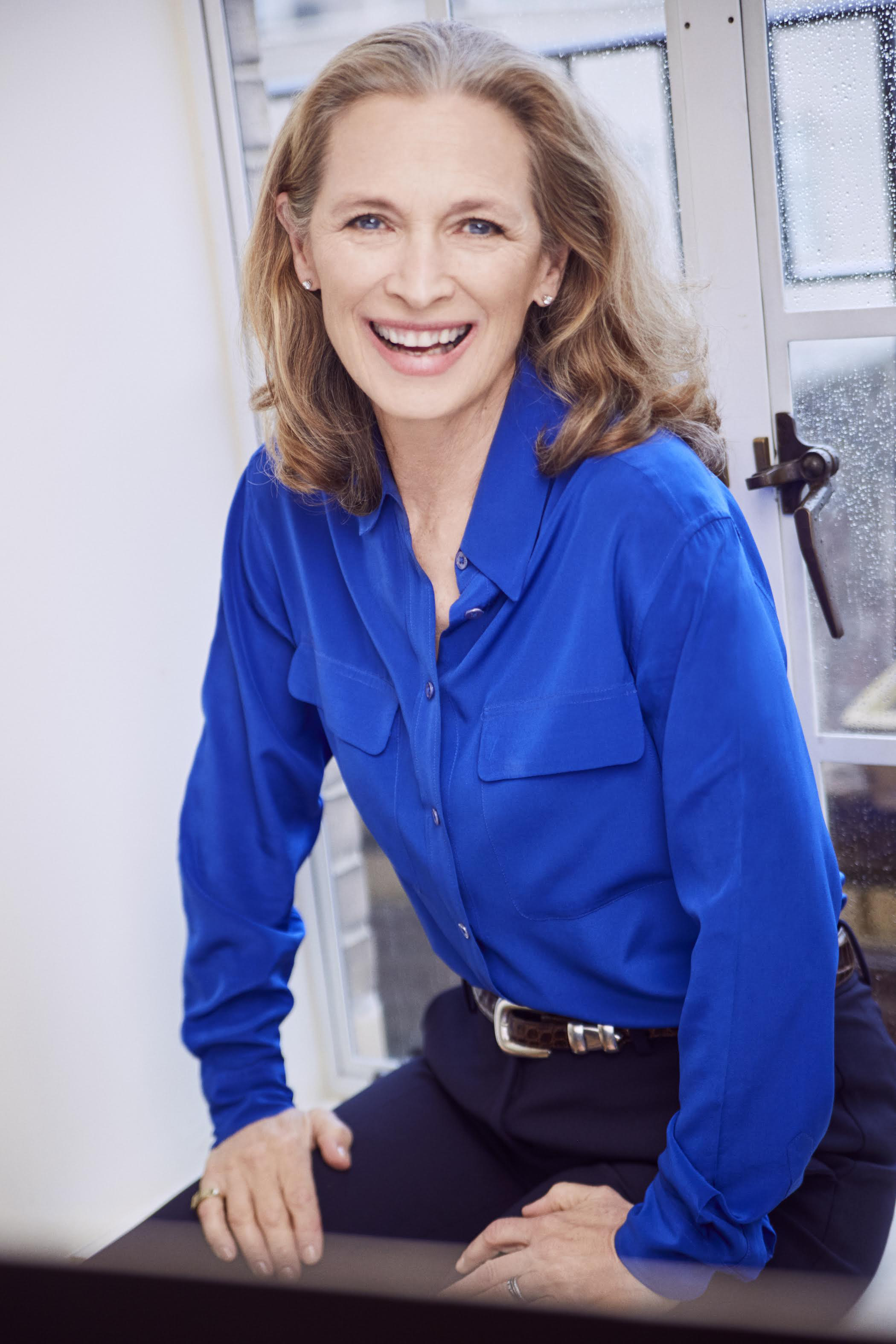
A new space race grips the world. Three astronauts—American, Russian, and Chinese—land on Mars. They must develop trust and work together … because a Martian is coming for them.
This plot is the basis of an opera conceived by Grethe Barrett Holby, who is pioneering an American opera movement designed to bring original works to new audiences.
As a student, Holby founded the inaugural Dance Lab, which performed in McCormick Hall, and choreographed her first ballet, which featured dancers moving through a laser sculpture. She also danced with the Boston Ballet, learned set design at Harvard, and found time to take MIT aero/astro classes as she got her degrees in architecture. “MIT allowed me to do my art,” she says. “No one said my ideas were risky or too complicated. I just signed out the equipment and did it.”
After graduation, she collaborated as a dancer and choreographer with visionaries like Leonard Bernstein and was an originating cast member of Philip Glass and Robert Wilson’s Einstein on the Beach in 1976. She began creating her own dance pieces and choreographing and directing for opera companies. In 1984 she directed the Opera Company of Philadelphia’s production of Gounod’s Faust.
Convinced that new opera needed new physical spaces to flourish, Holby founded New York’s American Opera Projects in 1988 and directed 25 operas there. She launched the Family Opera Initiative in 1995 for multigenerational audiences and, in 2006, started Ardea Arts to foster new works.
Holby’s space opera, called The 3 Astronauts: The Race to Mars, was inspired by her experience of reading Umberto Eco’s The Three Astronauts to her daughter when she was a child. She collaborated with US, Russian, and Chinese artists on the project and is now searching for a producer.
Meanwhile, her recently premiered Bounce: The Basketball Opera tackles issues like gun violence and poverty. Like many of her works, it involved collaboration with some or all of her family: her husband, photographer Arthur Elgort, and their children—filmmaker Warren Elgort, photographer Sophie Elgort, and actor/musician Ansel Elgort.
Holby is aiming to “share serious music and a serious but accessible story with a huge unserved audience,” she says. “This brings two disparate worlds together that now don’t even touch. It’s a transformative experience; our goal is to perform Bounce on basketball courts around the country and beyond.”
Keep Reading
Most Popular
Large language models can do jaw-dropping things. But nobody knows exactly why.
And that's a problem. Figuring it out is one of the biggest scientific puzzles of our time and a crucial step towards controlling more powerful future models.
The problem with plug-in hybrids? Their drivers.
Plug-in hybrids are often sold as a transition to EVs, but new data from Europe shows we’re still underestimating the emissions they produce.
Google DeepMind’s new generative model makes Super Mario–like games from scratch
Genie learns how to control games by watching hours and hours of video. It could help train next-gen robots too.
How scientists traced a mysterious covid case back to six toilets
When wastewater surveillance turns into a hunt for a single infected individual, the ethics get tricky.
Stay connected
Get the latest updates from
MIT Technology Review
Discover special offers, top stories, upcoming events, and more.